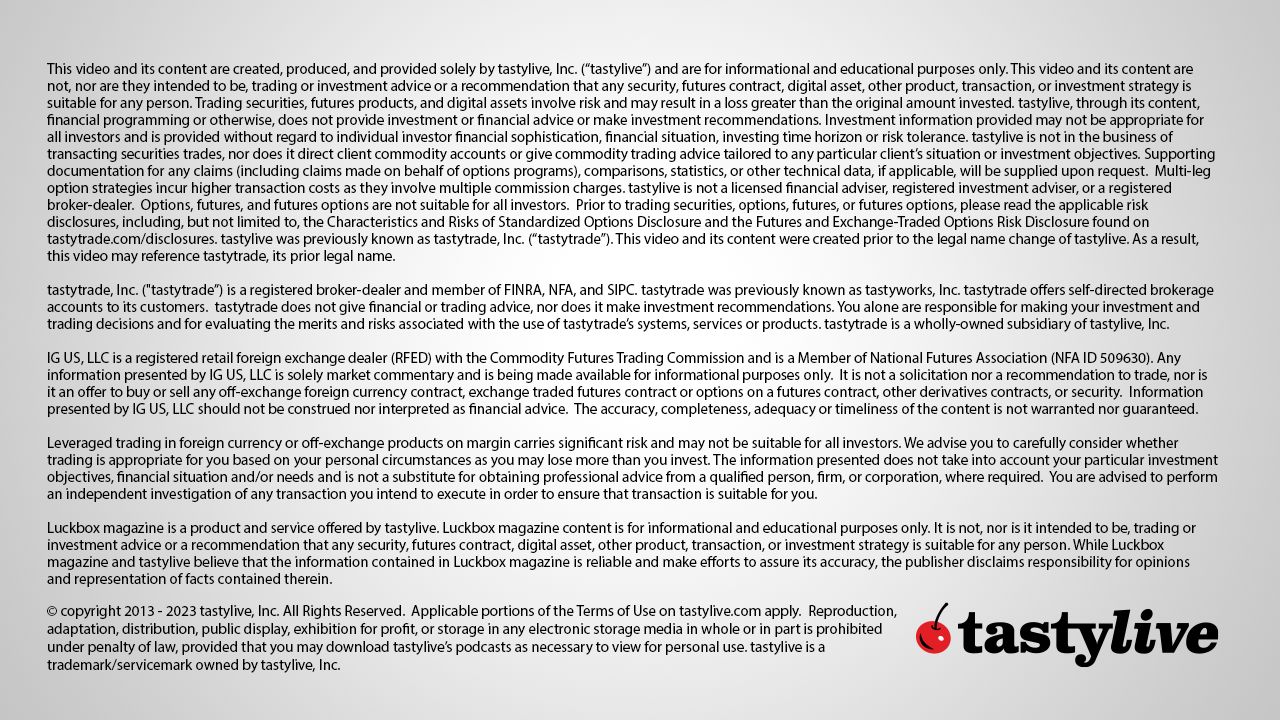This is our second part of a two-part series on the cost of carry. Across these two segments, our goal is to clearly understand the role that the cost of carry plays in the futures market. In part one, we saw the impact that the cost of carry had on a physical commodity future, such as oil, and a financial asset future, such as the S&P 500. In part two, we extend that discussion.
We look at the bond futures, and we learn that the cost of carry in this market is quite complex, as it depends on fixed income specific factors, such as the coupon, the duration, and the bond that is “cheapest-to-deliver”. Therefore, to circumvent a lot of this complexity, we can usually get away with simply looking at the slope of the yield curve to deduce whether the market will be in contango or backwardation. In an upward sloping yield curve environment, we expect the bond futures to be in backwardation, and in a downward sloping yield curve environment, we expect the bond futures to be in contango.
Additionally, we discuss how the convergence of futures prices and spot prices at expiration puts upward pressure on the futures price in backwardation and downward pressure on the futures price in contango. This explanation illustrates how the cost of carry is an arbitrage free model.
You can access the two volatility episodes referenced here and here.
This video and its content are provided solely by tastylive, Inc. (“tastylive”) and are for informational and educational purposes only. tastylive was previously known as tastytrade, Inc. (“tastytrade”). This video and its content were created prior to the legal name change of tastylive. As a result, this video may reference tastytrade, its prior legal name.







